How to Determine Size of Heating and Air Conditioning System
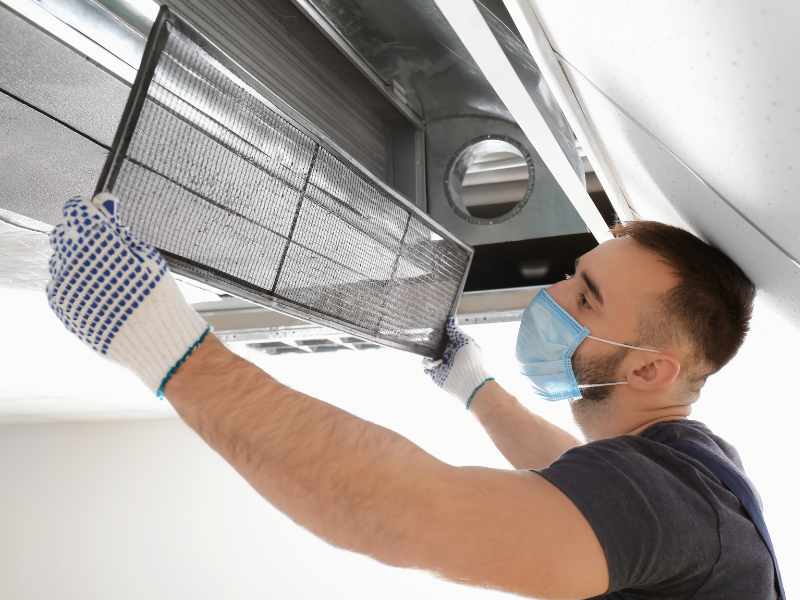
Choosing the right size for your heating and air conditioning system is more art than science, and it’s crucial for comfort, efficiency, and your wallet. Have you ever wondered why your energy bill is sky-high or why some rooms feel like a sauna while others are more like an igloo? The culprit could be the size of your HVAC system.
Too big, and you’re wasting energy and money; too small, and you’re overworking the system, leading to possible breakdowns. This guide will dive into how to calculate your heating and cooling needs, taking into account factors like climate zone, square footage, and insulation. We’ll explore the importance of professional assessments and the right tools for precise calculations.
Whether you’re installing a new system or reassessing your current setup, understanding these principles will help you achieve that perfect balance of comfort and efficiency. So, let’s get started on ensuring your HVAC system is just the right fit for your space!
What is the Importance of Correct System Sizing?
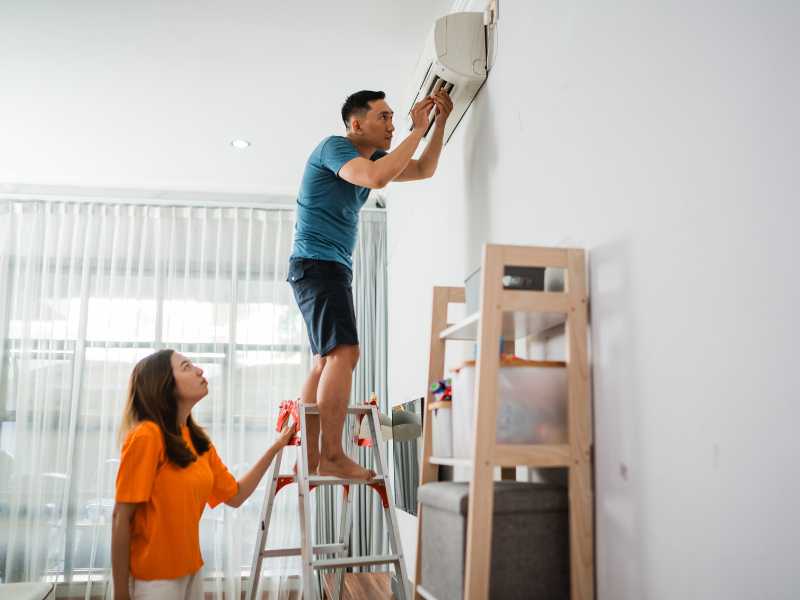
Correct system sizing is crucial for achieving optimal efficiency and performance in various applications, from HVAC systems to computer networks. The primary goal of accurate system sizing is to ensure that the system can meet demand without excessive waste or insufficiency. This is because an oversized system can lead to unnecessary energy consumption and increased operational costs, while an undersized system may fail to meet the required demand, leading to system strain and potential failure.
Proper system sizing involves a careful analysis of the expected demand, environmental conditions, and potential future expansions. This ensures that the system is neither overburdened nor idly consuming resources, thereby optimizing both performance and energy use. For example, in HVAC applications, correct sizing is essential for maintaining a comfortable indoor environment without incurring excessive energy costs.
Similarly, in the context of computer networks, appropriate sizing ensures that the network can handle data traffic efficiently, preventing bottlenecks and ensuring smooth operation. Moreover, correct system sizing has a direct impact on the lifespan of the HVAC system. Systems that are sized appropriately are less likely to experience frequent on-off cycling, which can cause wear and tear over time.
This not only extends the system’s lifespan but also reduces maintenance costs and the need for premature replacements. In summary, the importance of correct system sizing cannot be overstated. It is the cornerstone of achieving a balance between efficiency, performance, and cost-effectiveness in system design and operation.
By ensuring that systems are neither over nor under-sized, it is possible to optimize their performance, extend their lifespan, and minimize their environmental impact, making correct system sizing a critical consideration in any system design and implementation process.
How to Calculate Heating and Cooling Needs
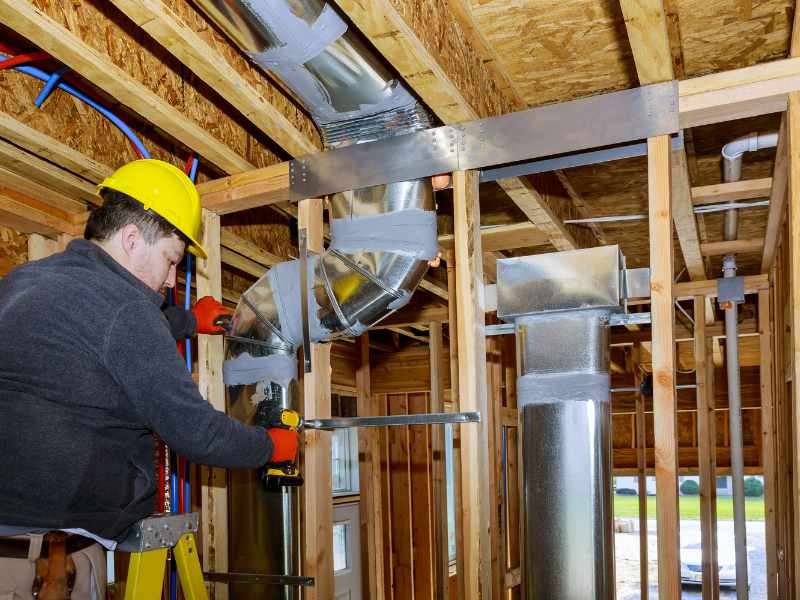
Calculating your heating and cooling needs is essential for selecting the best HVAC system. This process involves understanding your climate zone, measuring your space accurately, and evaluating your home’s insulation and sealing. Each step plays a crucial role in determining the size of the system you need.
- Climate zones affect how much heating or cooling is required; different areas need different strengths of systems.
- Measuring square footage accurately ensures that calculations are based on the actual area that needs temperature regulation.
- Lastly, evaluating insulation and sealing helps understand how well your space retains heat or cool air, impacting the system’s efficiency.
Together, these steps help ensure you choose a system that fits your specific needs, avoiding the pitfalls of oversizing or undersizing, which can lead to increased costs or insufficient heating or cooling.
Assess climate zone specifics
Understanding your climate zone is the first step in accurately calculating your heating and cooling needs. Different zones require different system strengths. For example, a home in a colder climate will need a more powerful heating solution than one in a milder area.
Recognizing your climate zone helps avoid oversizing or undersizing your system, ensuring efficiency and comfort.
Measure square footage accurately
The size of your space directly impacts the capacity of the heating and cooling system you need. Measure the square footage of the area to be conditioned carefully. This ensures that the system can efficiently manage the temperature without wasting energy.
An accurate measurement is key to system efficiency and effectiveness.
Evaluate insulation and sealing
Good insulation and sealing improve a home’s ability to maintain a comfortable temperature. Evaluate how well your space is insulated and sealed against external temperatures. Proper insulation reduces the workload on your heating and cooling system, making it more efficient and cost-effective in the long run.
This step is crucial for maximizing the performance of your HVAC system.
Factors Influencing HVAC System Size
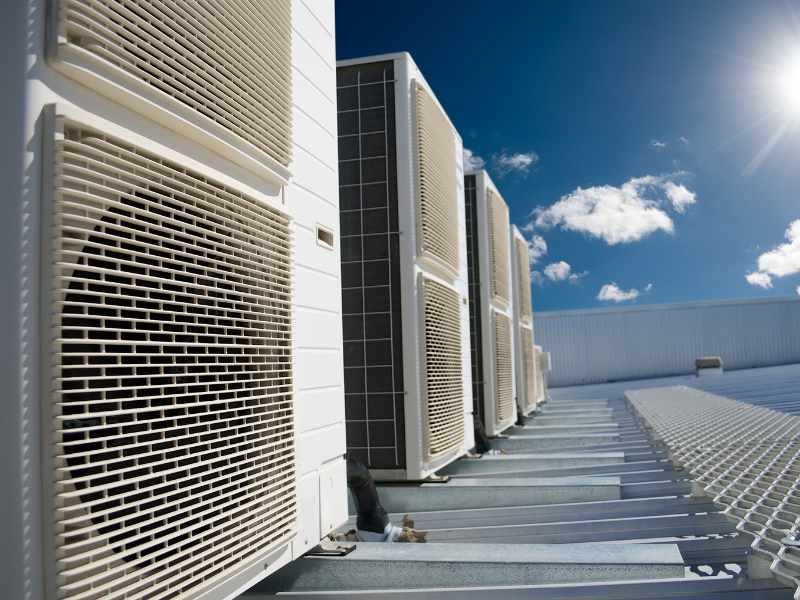
Several key factors influence the size of the heating and cooling system you need. Building orientation affects how much sunlight your home receives, impacting its heating and cooling requirements. Occupancy and internal heat sources, such as appliances and electronics, can also increase the need for cooling.
Lastly, the design and condition of your ductwork play a significant role in determining the efficiency and size of the system required. Understanding these factors helps ensure you choose a system that can effectively and efficiently meet your heating and cooling needs.
Building orientation impact
The orientation of your building significantly influences your heating and cooling needs. A building that faces the sun will require more cooling efforts, especially in warmer climates. Conversely, in colder regions, such exposure can reduce heating demands.
Understanding how your building interacts with the sun helps in selecting a system that compensates for these thermal effects efficiently.
Occupancy and internal heat sources
Occupancy levels and internal heat sources, such as appliances and electronics, contribute to the indoor heat load. More people and devices mean more heat, increasing the demand on your cooling system during warmer months. Accounting for these factors ensures your system isn’t overworked, maintaining a comfortable environment and energy efficiency.
Ductwork design and condition
The design and condition of your ductwork directly impact the efficiency of your heating and cooling system. Well-designed and maintained ductwork ensures optimal airflow and distribution, reducing the system’s workload. Conversely, leaky or poorly designed ducts can lead to significant energy loss and require a larger system to maintain comfort levels.
Regular inspections and maintenance of ductwork are essential for system efficiency.
ALSO READ: How to Determine Size of Heating and Air Conditioning System
Tools for Precise Calculation
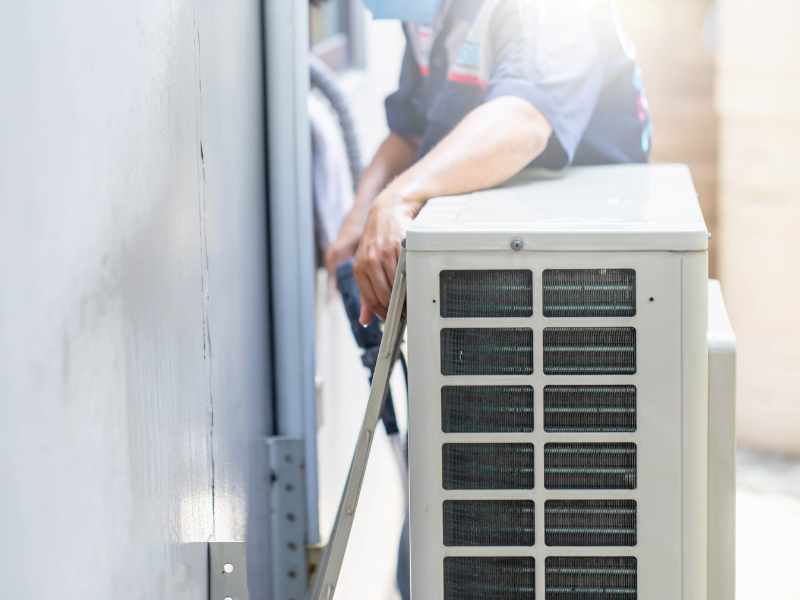
To accurately determine the right size for your heating and cooling system, specific tools like the Manual J calculation are indispensable. This detailed method takes into account various factors such as climate, house size, and insulation levels to provide a precise system size recommendation. Additionally, seeking professional HVAC assessments can offer personalized insights, considering the unique aspects of your building.
Utilizing these tools ensures that you select a system that matches your specific needs, optimizing energy use and enhancing comfort.
Manual J calculation explained
The Manual J calculation is a comprehensive process used to determine the ideal size for heating and cooling systems in a building. It meticulously considers a variety of factors, including the local climate, the building’s orientation, insulation quality, window types, and even the number of occupants. This calculation ensures that the HVAC system chosen is neither too large nor too small, optimizing energy efficiency and comfort.
Seeking professional HVAC assessments
Professional HVAC assessments go beyond basic calculations to provide a tailored solution for your specific needs. An HVAC professional evaluates your home or building in detail, considering factors that might not be immediately apparent, such as ductwork design and the potential for internal heat gains. This expert evaluation ensures that the system recommended will deliver optimal performance and efficiency, tailored to the unique characteristics of your space.
Selecting the Appropriate System Type
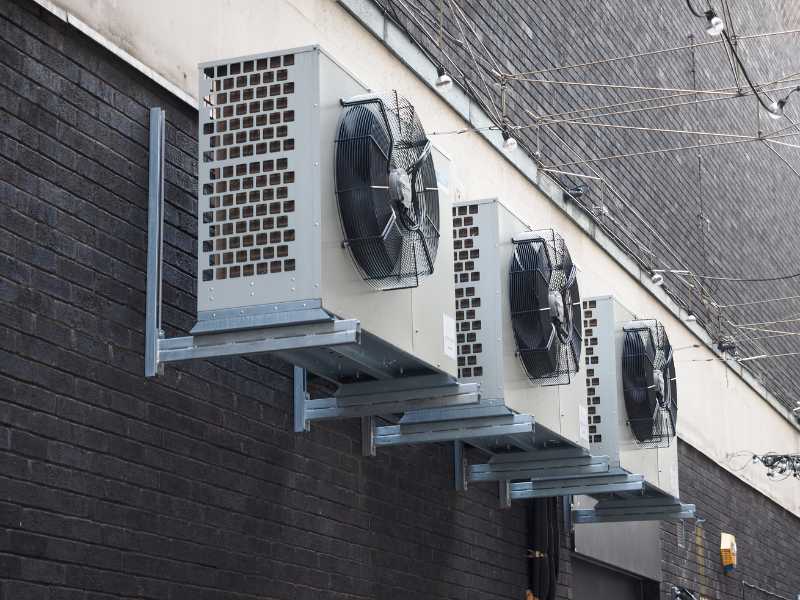
Choosing the right type of HVAC system is pivotal for ensuring efficient heating and cooling. Central air conditioners offer widespread benefits for whole-house cooling, making them a popular choice for comprehensive climate control. Heat pumps are lauded for their efficiency, capable of providing both heating and cooling solutions, making them ideal for climates with moderate heating and cooling needs.
Ductless mini-splits, on the other hand, are perfect for targeting specific areas without the need for extensive ductwork, offering flexibility and efficiency. Each system type has its unique advantages, and selecting the appropriate one depends on your specific needs, including the size of your space, climate, and energy efficiency goals.
Central air conditioners benefits
Central air conditioners are ideal for cooling large spaces efficiently. Central AC conditioners provide uniform cooling across multiple rooms, enhancing comfort throughout the home. Their ability to filter and dehumidify the air improves indoor air quality, making them a beneficial choice for health and comfort.
Heat pumps efficiency
Heat pumps stand out for their exceptional efficiency. They work by transferring heat rather than generating it, making them more energy-efficient, especially in moderate climates. Heat pumps offer a dual function, providing both heating and cooling, which can lead to significant savings on energy bills.
Ductless mini-splits for specific areas
Ductless mini-splits offer targeted cooling or heating to specific areas without the need for a comprehensive duct system. This makes them perfect for additions, sunrooms, or areas where traditional ductwork is impractical. Their flexibility and efficiency make ductless mini-splits an excellent choice for customizing comfort in individual rooms.
Importance of Professional HVAC Installation
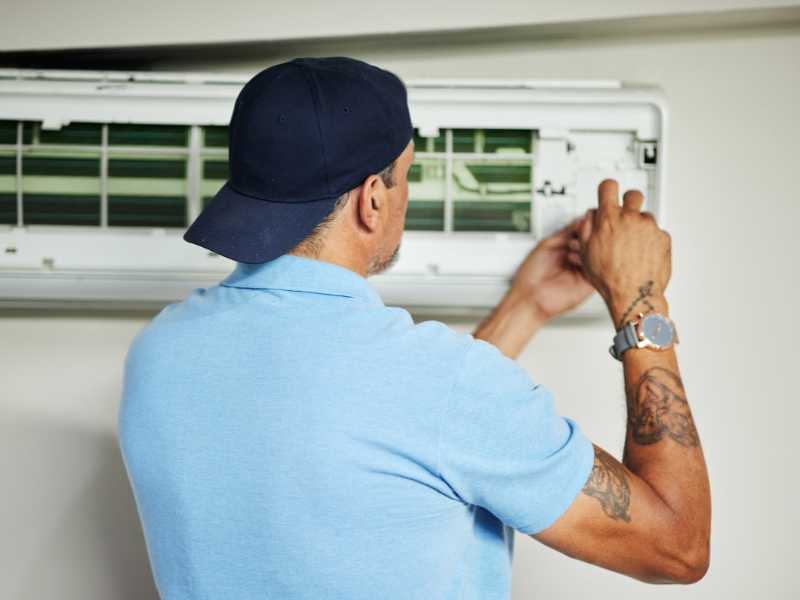
Ensuring your HVAC system is professionally installed is key to maximizing its efficiency and longevity. A professional installer will correctly size the system to your specific needs, avoiding the common pitfalls of oversizing or undersizing. This precise fit not only optimizes energy use but also enhances the system’s performance, ensuring your space is comfortably heated or cooled.
Professional HVAC installation guarantees that all components are properly integrated and meet industry standards, reducing the risk of malfunctions and extending the lifespan of your system. Ultimately, investing in professional installation safeguards your comfort, system efficiency, and long-term savings.
Ensuring correct system sizing
Correct system sizing is fundamental to the performance and efficiency of your HVAC system. A system that is too large will cycle on and off too frequently, leading to wasted energy and increased wear and tear. Conversely, a system that is too small will struggle to maintain comfortable temperatures, especially during extreme weather, leading to overwork and potential early failure.
Professional installation ensures that your system is perfectly sized to your space, providing optimal comfort and efficiency.
Maximizing system efficiency and longevity
Maximizing system efficiency and longevity is directly linked to professional installation. A system that is correctly installed and sized operates more efficiently, using less energy to heat or cool your home. This not only reduces your energy bills but also minimizes the environmental impact.
Furthermore, a professionally installed system experiences fewer operational stresses, which can significantly extend its lifespan, ensuring that your investment continues to provide comfort and efficiency for years to come.
Regular Maintenance for Efficiency

Regular HVAC maintenance is essential to keep your HVAC system running efficiently and extend its lifespan. Seasonal checks and routine upkeep, such as filter replacements and duct inspections, ensure that your system operates at peak performance, preventing unexpected breakdowns and costly repairs. This proactive approach not only maintains optimal comfort levels in your space but also contributes to energy savings by ensuring the system uses power as efficiently as possible.
Emphasizing regular maintenance is a key strategy for maximizing the efficiency and longevity of your HVAC investment.
Seasonal HVAC system checks
Conducting seasonal HVAC system checks is crucial for identifying potential issues before they escalate into major problems. These checks, typically performed in spring and fall, ensure your system is prepared for the cooling and heating seasons, respectively. This preventative measure can significantly enhance system efficiency and reliability.
Filter replacement schedule
Adhering to a filter replacement schedule is a simple yet effective way to maintain your HVAC system’s efficiency. Regularly changing the air filters, usually every 90 days or as recommended by the manufacturer, helps maintain air quality and prevents the system from overworking, which can lead to energy savings and prolonged system life.
Duct cleaning and inspection
Duct cleaning and inspection play a vital role in the overall performance of your HVAC system. Ensuring that the ductwork is free from debris and leaks can improve system efficiency and air quality. Professional inspections can identify and rectify any issues, such as blockages or leaks, ensuring that your system operates optimally.
In Summary
Selecting the right size for your heating and air conditioning system is essential for ensuring comfort, energy efficiency, and long-term cost savings. By carefully considering factors such as climate zone, square footage, and insulation, and by using tools like the Manual J calculation, you can make an informed decision that meets your specific needs. Proper system sizing, along with professional installation and regular maintenance, will not only enhance your indoor comfort but also extend the lifespan of your HVAC system.
Contact Callidus Air today for a professional assessment of your heating and cooling needs. Callidus Air will ensure you have the perfect HVAC system tailored to your home or business for year-round comfort and efficiency. Contact us now to schedule your free consultation!
